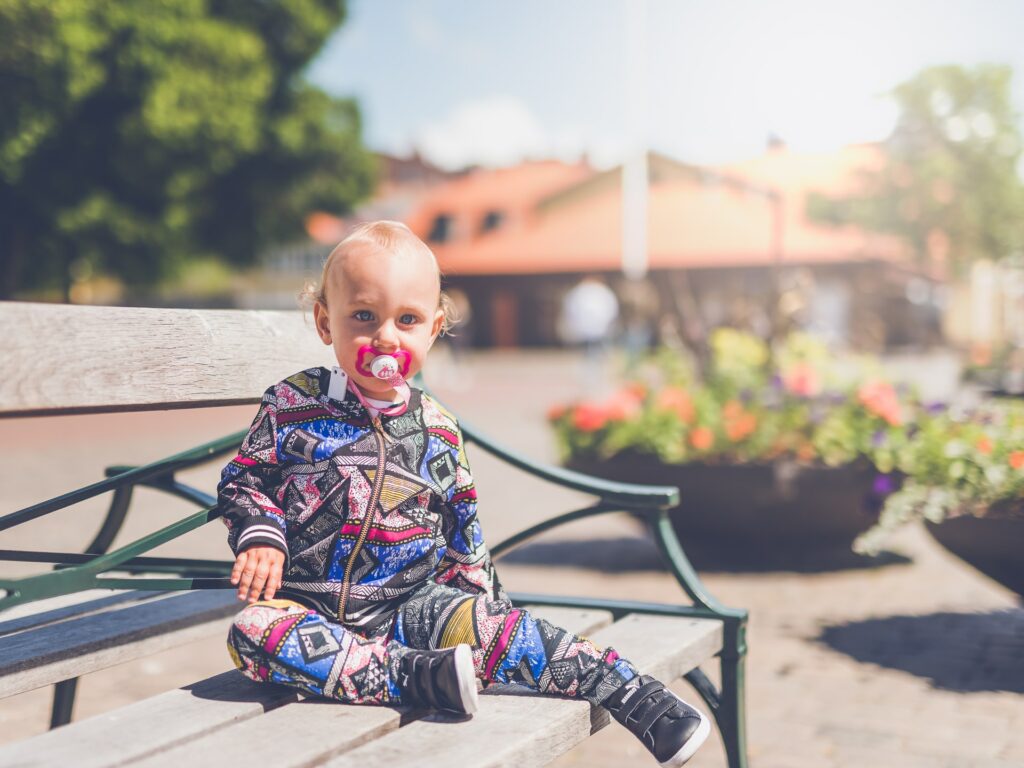Skin rashes are a common reason for children to visit their physicians. Some, such as diaper rash or one caused by an insect sting, are immediately identified. Others, such as ringworm or measles, may not be recognized, either because you haven’t seen them previously or because they aren’t easily distinguishable.
Atopic Dermatitis
Atopic dermatitis (AD) is a dry, itchy skin disorder that develops over time. AD is prevalent eczema that mostly affects youngsters. Because it starts with itchy skin, atopic dermatitis is known as “the itch that rashes.” Scratching the irritated skin results in a rash.
Depending on a person’s age, AD rashes affect different body places.
- The rash commonly appears on newborns’ and toddlers’ cheeks, outside the elbows, and on the knees.
- The rash appears on the hands, feet, arms, and backs of the knees in older children.
- The rash’s hue might also differ from one youngster to the next. Rashes appear purple, darker brown, or ashen grey in deeper skin tones, whereas they seem red in lighter skin tones.
Though AD can be difficult to manage, there are some things you can do to manage your child’s symptoms and prevent flare-ups. The best way is to seek urgent care for children.
Chickenpox
Chickenpox is considered a rash that changes into painful, fluid-filled blisters that crust over. The chickenpox rash appears first on the chest, back, and face then spreads throughout the body.
Other common chickenpox symptoms include:
- Fever
- Malaise
- Headache
- Aversion to food
- Mild abdominal discomfort
Chickenpox spreads from 1-2 days before the rash appears to six days after the blisters appear.
Chickenpox does not have a particular therapy, but you can take action to alleviate the symptoms. Calamine lotion and chilly baths with baking soda or colloidal oatmeal can help relieve the itching produced by chickenpox.
Fifth Disease
Slapped cheek syndrome, or fifth disease, is a viral infection that affects children aged four to ten. Because it was the fifth ailment on a historical list of six frequent skin rash disorders in children, this common childhood illness was given its name.
Mild flu-like symptoms are the early indicators of the fifth illness, which include:
- Headache
- Fever of a low intensity
- Stuffy nose
- Sore throat
The rash may extend to your arms, chest, stomach, and thighs. This rash is typically irritating and has a raised, lace-like look.
Before the rash forms, the fifth sickness is the most infectious. Once your child gets the rash, they are no longer contagious.
- Although the rash may appear to be serious, it normally goes away on its own within one to three weeks. If your child is sick, you can attempt the following to help them feel better:
- Ibuprofen or acetaminophen for fever and headache
- Antihistamines for itching relief
- Water to avoid dehydration
Insect Bites
Your child will probably acquire a bug bite, no matter how diligent you are with insect repellents. Bug bites may be frightening for parents. Even a common insect bite reaction might include swelling and redness.
Most insect bites aren’t harmful whether from an ant, chigger, or wasp. Only if your child is allergic to the bug is there an exemption. If your kid is suffering an allergic response to a bug bite, they will likely experience symptoms other than the bite itself.
Even most spider bites, which resemble insect bites, aren’t particularly deadly unless caused by Black Widow or Brown Recluse Spider. Using insect repellents regularly will help your children prevent numerous bug bites.
If your child’s insect bite becomes infected, the redness, swelling, discomfort, fever, and other symptoms will most likely worsen within a few days. On the first day after a bug bite, any growing redness or swelling is most likely due to the bug bite itself, not an illness.
If you believe your child’s insect bite is growing infected, go for a kids’ urgent care in New Providence, NJ.
Conclusion
Rashes on the skin are common in children. Knowing the different forms of skin rashes will help you decide whether or not to see a physician for your child. While some skin rashes may be avoided, others may be brought on by circumstances beyond your control, so seek kids’ urgent care.
Your Kids Urgent Care acts as a bridge between a child’s primary care physician and the hospital emergency room. If you need urgent care for kids, contact us!



